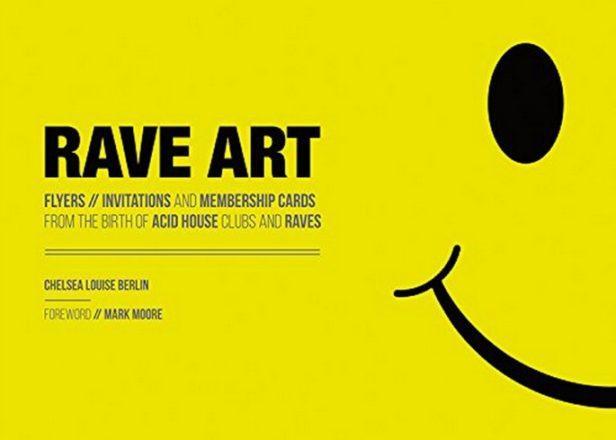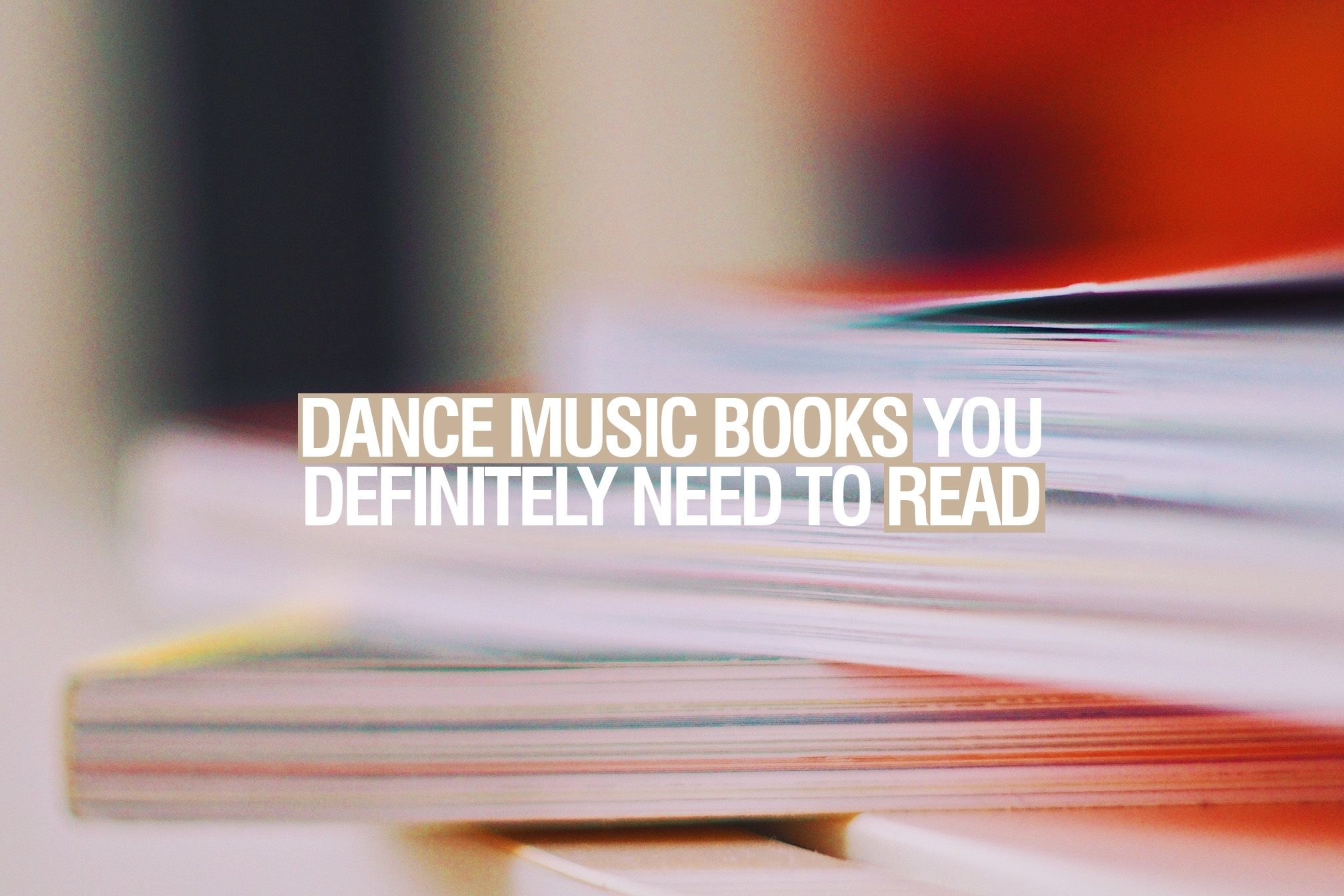 Lists
Lists
23 dance music books you definitely need to read
Fascinating reading to help pass the time...
There aren't many positives to take from the current global COVID-19 pandemic, that's for certain. While we're stuck inside unable to go out and socialise, though, catching up on our reading has been one handy way to pass the time. There's a wealth of thoughtful and engaging dance music books out there, which provide insight into this scene we love and gives us understanding beyond the dancefloor.
To get to grips with the already vast, varied and deep musical ocean that is dance music it’s important to consider the social and counter-cultural context of its birth. The throbbing lifeblood of it has been the fact it was born as the champion for the disenfranchised and excluded of society. However, tracing the biological musical forefather has proved more elusive. No single genre can be held accountable for its creation, but many writers have attempted to allude to big influences within the scene.
While we can't go out dancing, reading has been the next best thing. The books in the list below are packed full of colourful memories, incisive analysis, and imagery of the history of rave. Overall, they attempt to paint a completely immersive subcultural and musical picture of what rave music was, is, and will be.
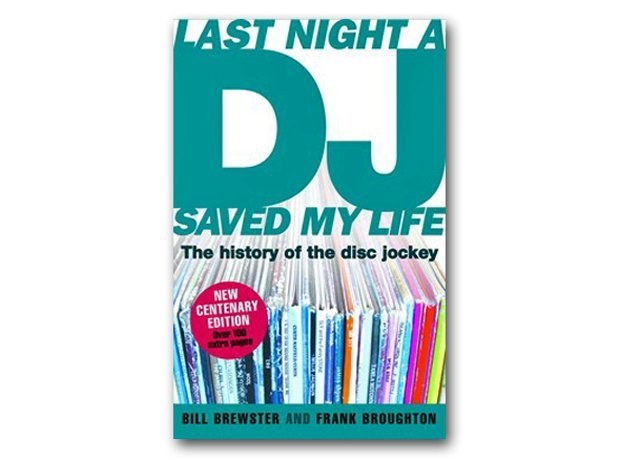
1 'LAST NIGHT A DJ SAVED MY LIFE: THE HISTORY OF THE DISC JOCKEY' BILL BREWSTER
Kicking us off is the classic Bill Brewster and Frank Broughton factual which tracks the rise of the DJ from jukebox jockeys in 1906 to the massive cultural phenomenon it is today. The book discusses a comprehensive history of DJing across all genres from Northern Soul to soundsystem culture in Jamaica to Detroit techno and everything in between. Unmissable. Max Penny-Barrow
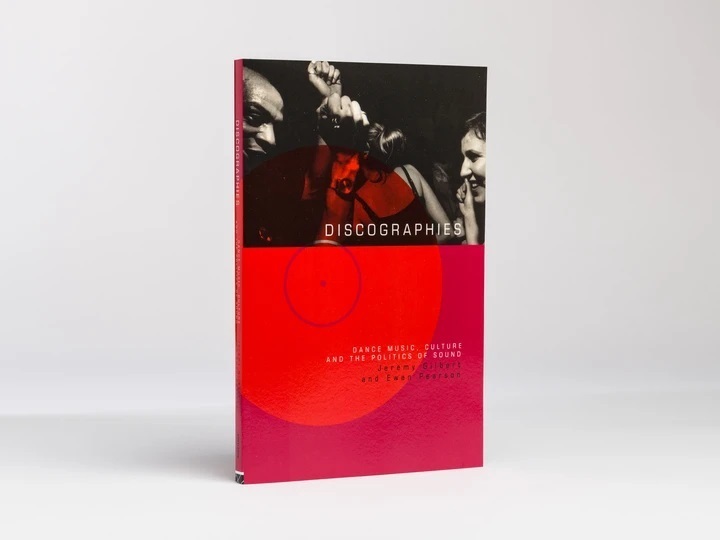
2 'DISCOGRAPHIES: DANCE, MUSIC, CULTURE AND THE POLITICS OF SOUND' EWAN PEARSON AND JEREMY GILBERT
Pearson and Gilbert tread a careful path through house, hip hop, techno, drum ‘n’ bass and garage to try and gauge the relevance of rave in contemporary society and assess why dance music is even a counter-culture in the first place. Framed in the context of modern issues such as technology, drugs and gender, the book ties together music and politics harmoniously. MPB
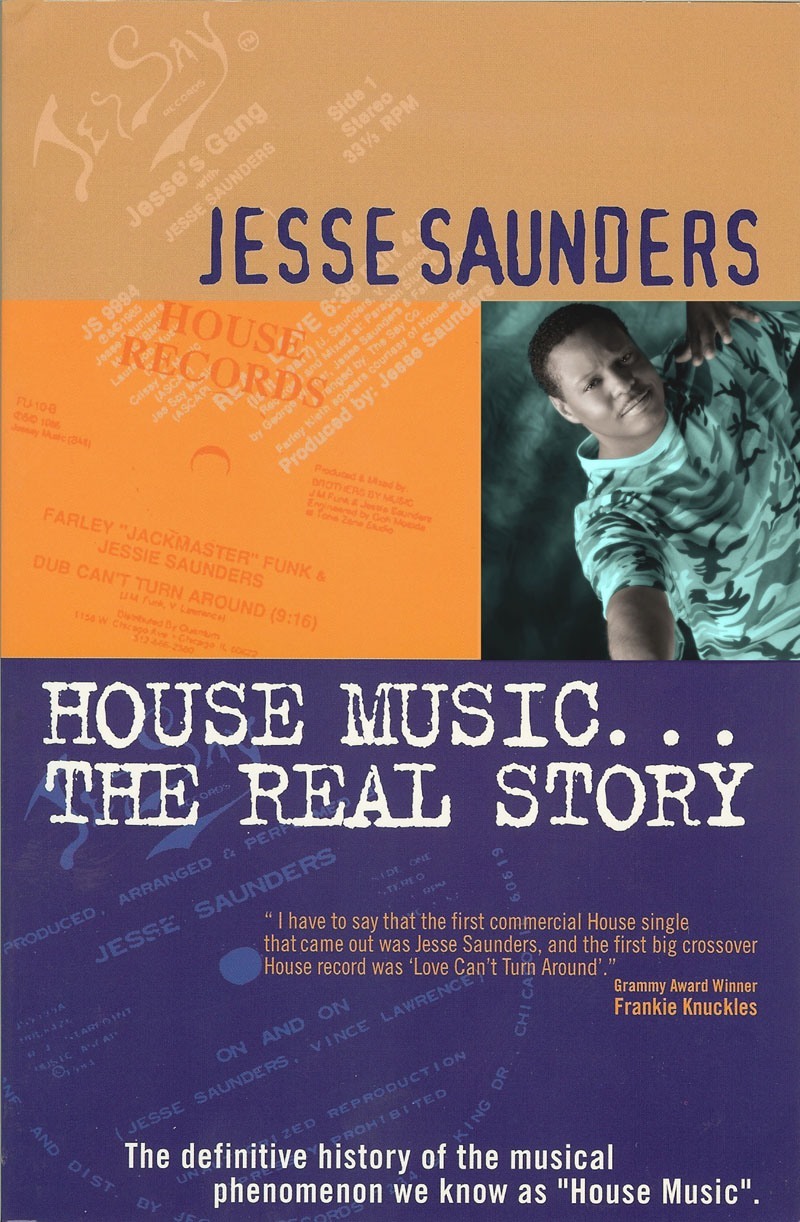
3 'HOUSE MUSIC… THE REAL STORY' JESSE SAUNDERS
Jesse Saunders is a pioneer of house music, responsible for an early authentic house music record in 'On And On'. This memoir includes stories about the late, great Frankie Knuckles and Ron Hardy and how they forged a new genre during the mid-'80s and contains some outrageous stories about '90s celebrities. MPB
4 'RAVE ART' CHELSEA LOUISE BERLIN
A scrapbook of rave flyers, Invitations and membership cards, Berlin traces the conception and decline of an entire subculture. Berlin was there from the beginning and she traces how designing flyers was an integral part of not only getting the word out but also how they were evolving pieces of art. These are coupled with misty-eyed, nostalgic quotes from those who were there. MPB
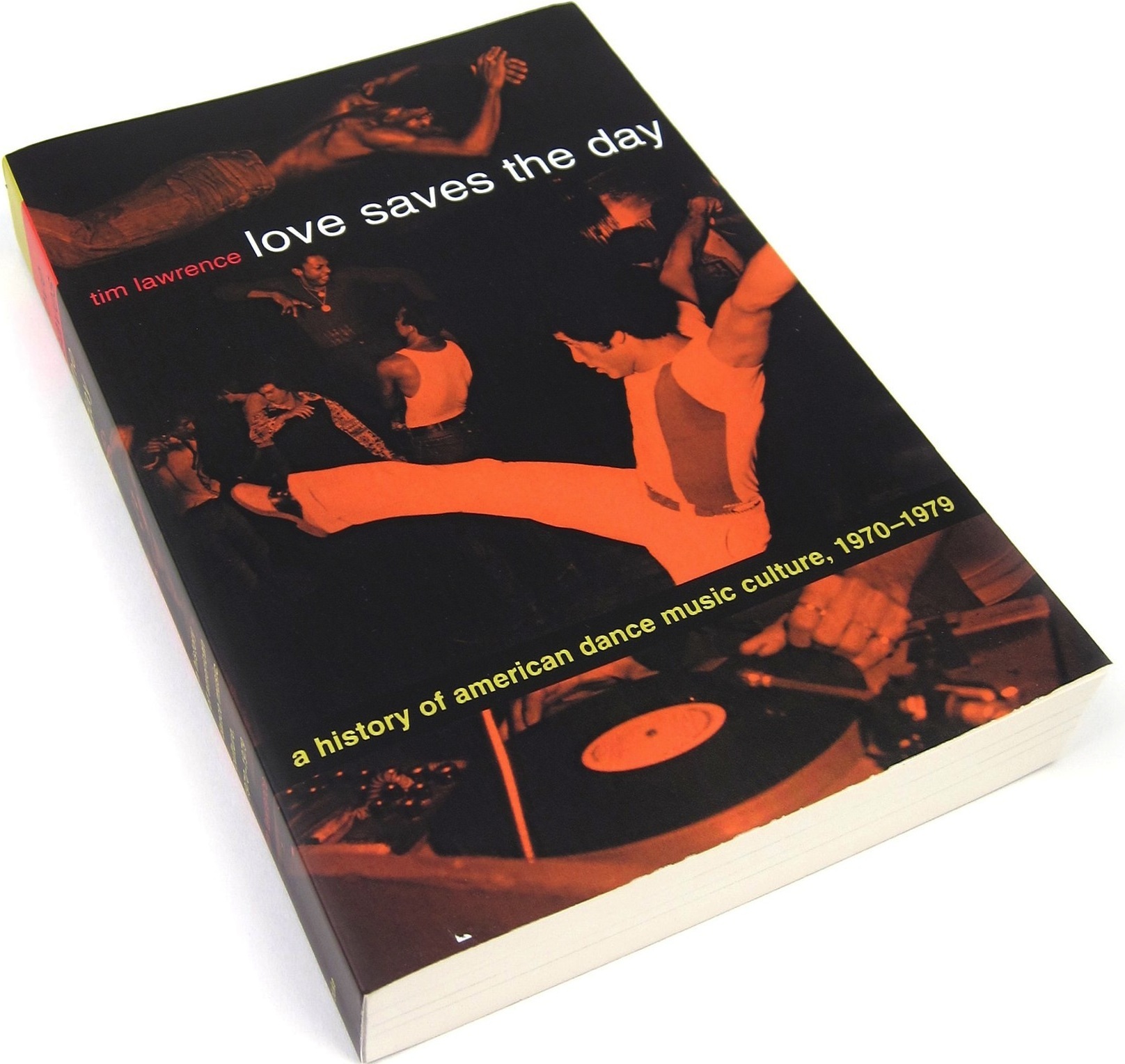
5 'LOVE SAVES THE DAY: A HISTORY OF AMERICAN DANCE MUSIC CULTURE, 1970–1979' TIM LAWRENCE
The roots of dance music can be traced back to the early 1970s and the development of disco. Tim Lawrence’s Love Saves the Day: A History of American Dance Music Culture, 1970–1979 not only charts the development of disco but documents the growing cultural impact the genre was having. Lawrence maps the blueprint that much dance music is based on today, discussing how music moulded the political climate of some of the biggest social movements of recent years. MPB
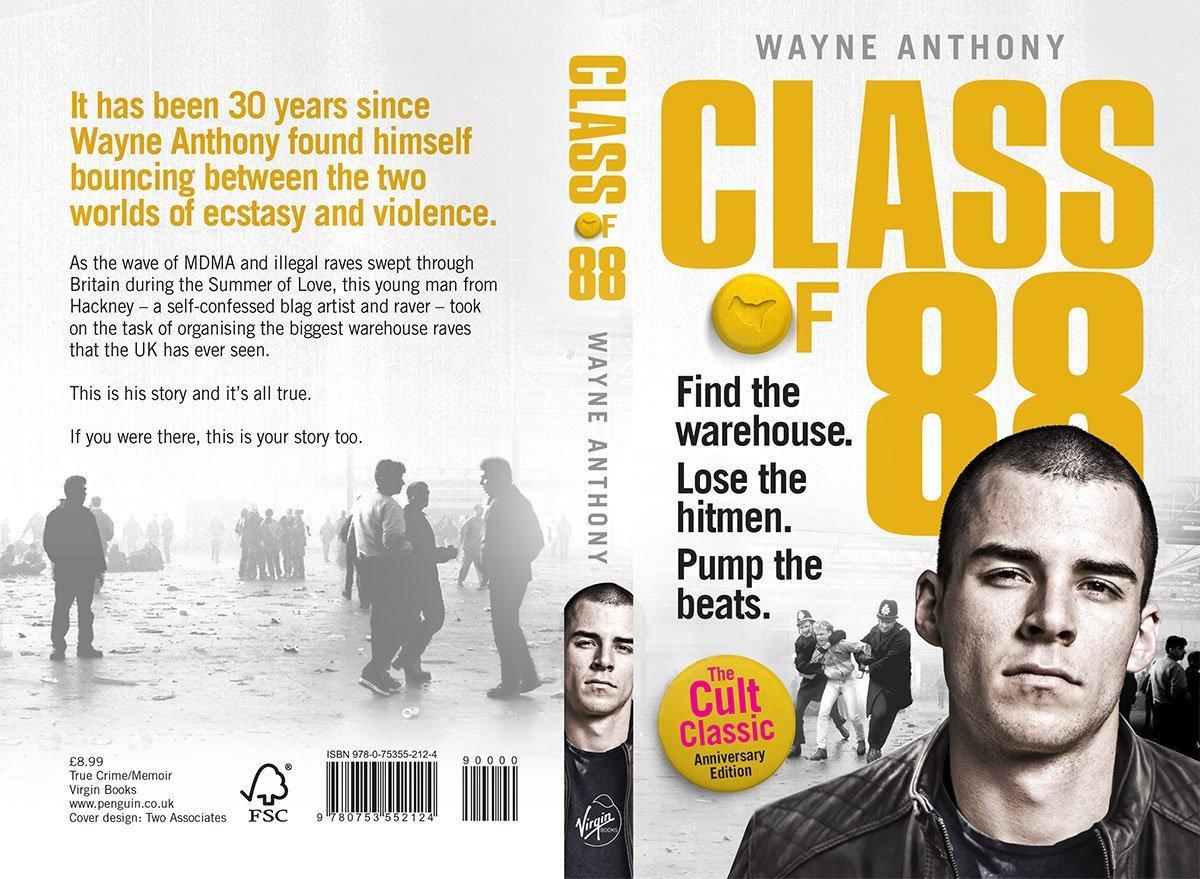
6 'CLASS OF '88: FIND THE WAREHOUSE. LOSE THE HITMEN. PUMP THE BEATS' WAYNE ANTHONY
A reissue of an action-packed insight into the glory days of acid house from one of the top illegal rave organisers Wayne Anthony, head honcho of the infamous Genesis parties. His account tells of not only the collective positive vibes, but of kidnapping, violence and gangsters holding organisers to ransom. A must read. MPB
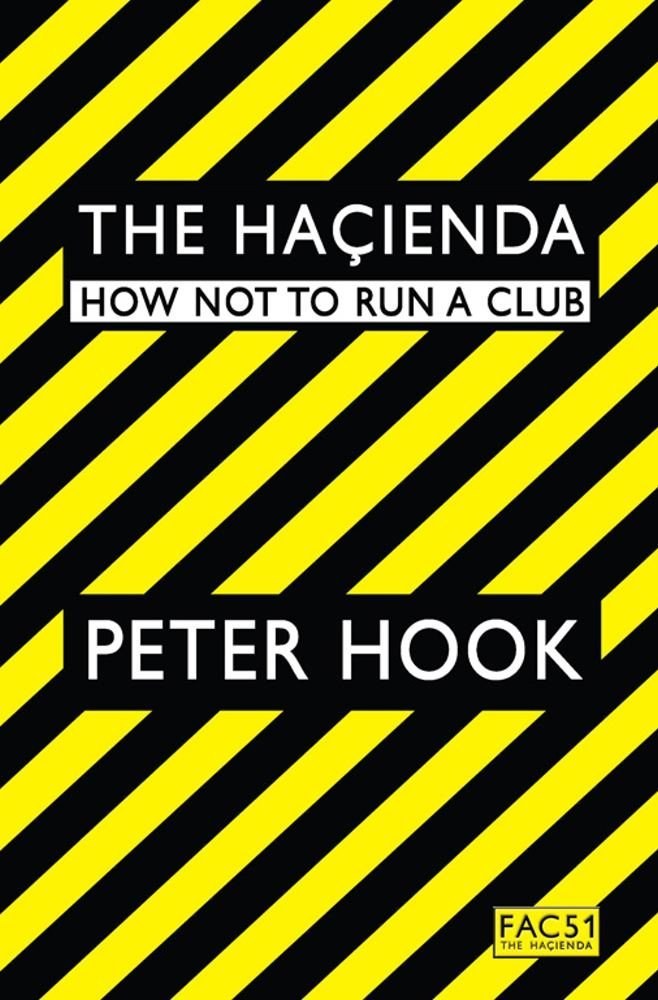
7 'THE HAÇIENDA: HOW NOT TO RUN A CLUB' PETER HOOK
If you're thinking of opening a nightclub, this one would be a good educational tool. Even if you're not looking to get in the dance music business, it's a thoroughly entertaining account of the acid house movement and all the dodgy goings on in Manchester around the time. All written by Joy Division and New Order co-founder Peter Hook. MPB

8 'RAVE ON: GLOBAL ADVENTURES IN ELECTRONIC DANCE MUSIC' MATTHEW COLLIN
A truly worldwide and underground account of dance music, Matthew Collin’s Rave On… details how rave went from sketchy M25 parties to massive festivals and gatherings. Collin has travelled the world for this and the range of communities he describes is truly astounding, ranging from refugee communities in Abu Dhabi to South Africa and its kwaito and gqom genres. Collin shatters the age-old presumption that a previous zeitgeist is better than the current and covers intriguing organic scenes. Compulsory reading. MPB
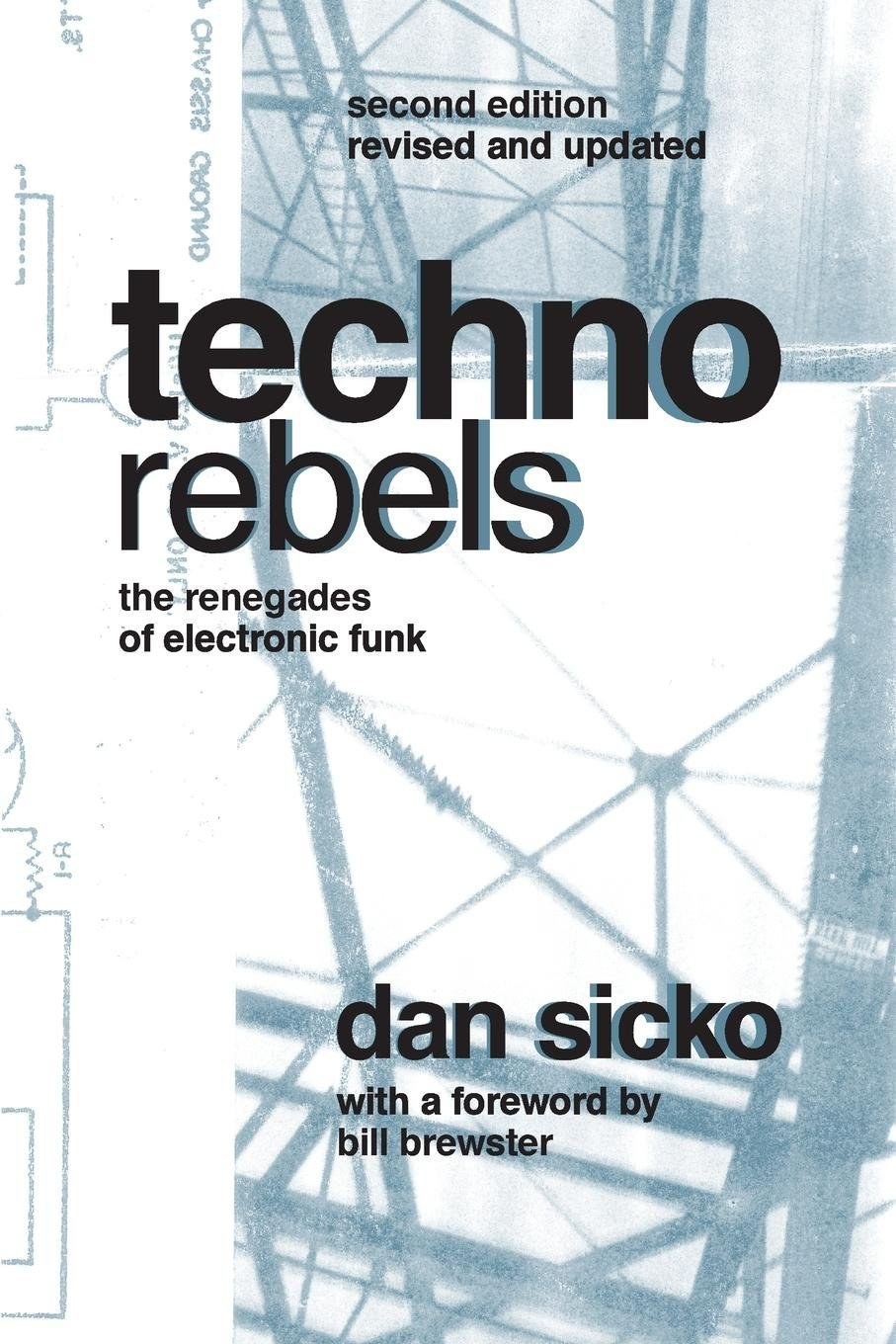
9 'TECHNO REBELS: THE RENEGADES OF ELECTRONIC FUN' DAN SICKO
With a focus on the development of the genre in Detroit, Dan Sicko’s Techno Rebels... breaks down what defines techno as techno, its influences and how it first came about. Sicko also discusses how the sound took flight and crossed the pond into Europe. Featuring anecdotes, first-hand accounts and interviews from The Belleville Three, this book is a solid supplement to thumping techno percussion. MPB
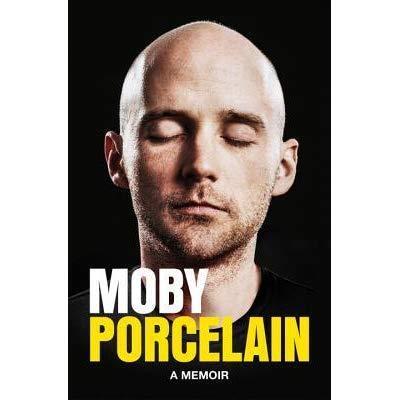
10 'PORCELAIN: A MEMOIR' MOBY
The story of how Moby made the transformation from producer to international superstar, straight from the horse's mouth. Millions of albums selling and chart success doesn't always result in happiness, though. In this he details how he tackled alcoholism and drug abuse while experiencing global stardom. MPB
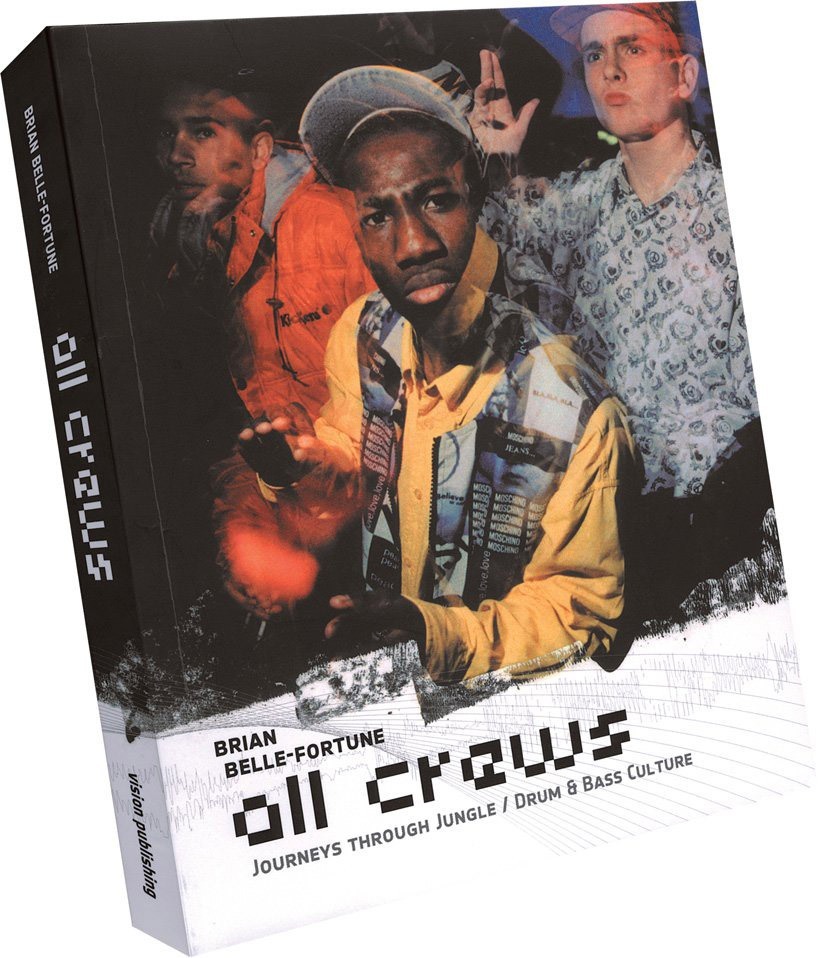
11 'ALL CREWS: JOURNEYS THROUGH JUNGLE/DRUM & BASS CULTURE' BRIAN BELLE-FORTUNE
One for the junglist massive, this factual report examines the '90s phenomenon, talking not only to the artists that forged the sound, but pirate radio stations, promoters, ravers, crews and labels. It also features some compelling interview excerpts from some of the big hitters including Grooverider and DJ SS. Dave Turner
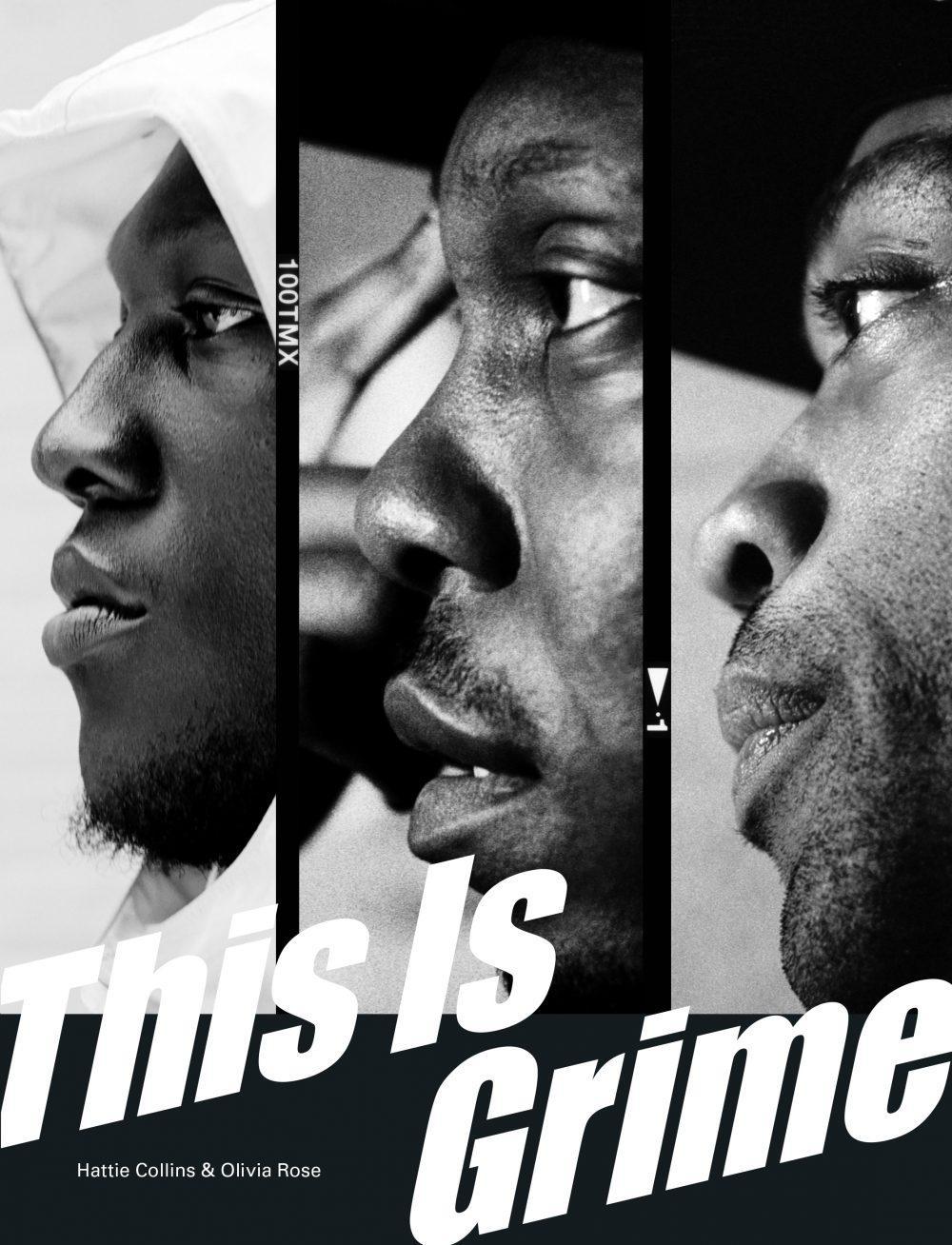
12 'THIS IS GRIME' HATTIE COLLINS
Hattie Collins is the pinnacle of grime journalists and this, the first book to really trace the genre’s gravity defying rise into the mainstream, is supplemented by some stark photography from award-winning photographer Olivia Rose. The book discusses how the influence of big-hitting genres such as garage and jungle dripped into the new millennia and formed an unapologetic voice for disenfranchised youth across the country. DT
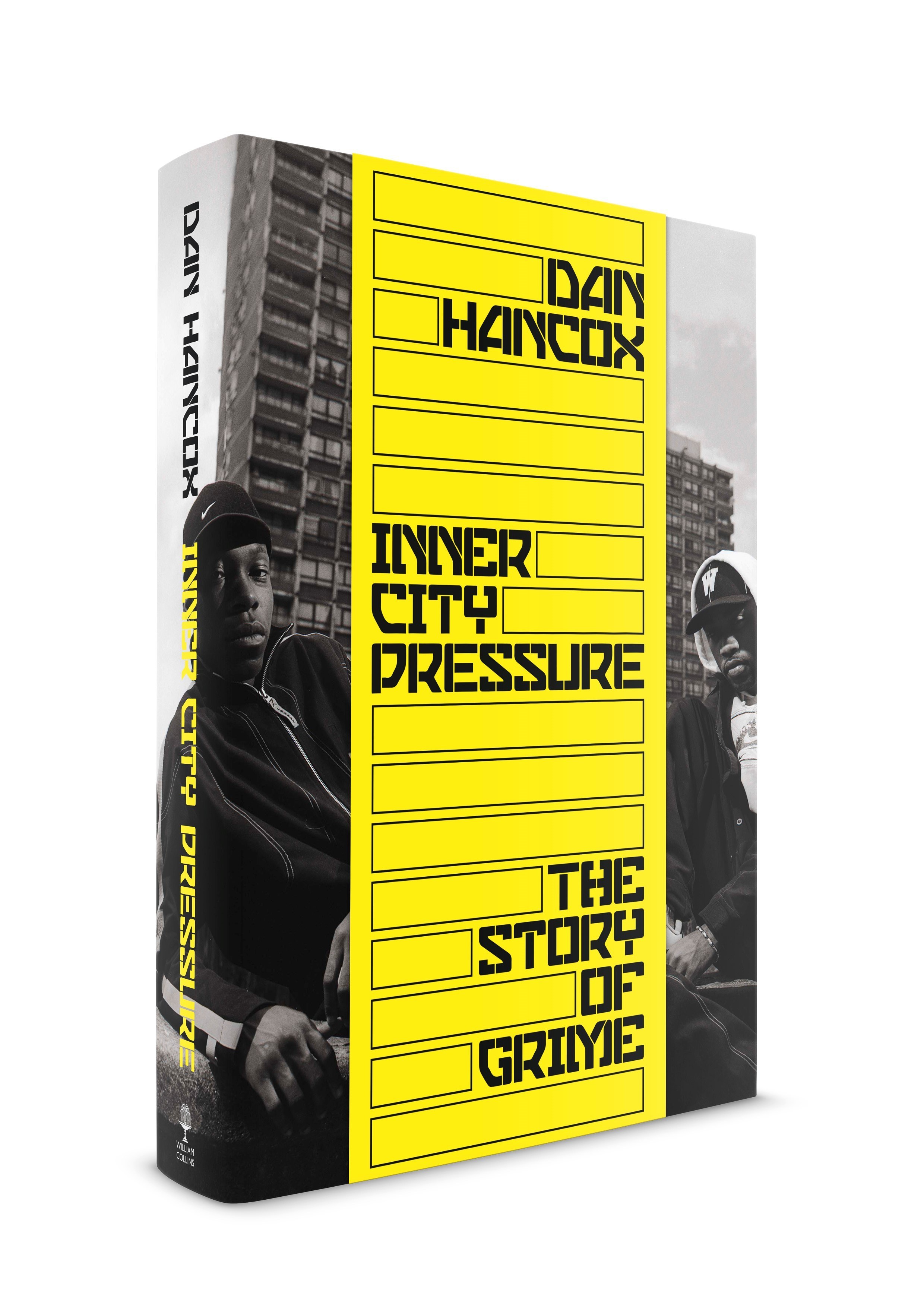
13 'INNER CITY PRESSURE: THE STORY OF GRIME' DAN HANCOX
Another insight into grime, Dan Hancox's book looks at how it became the voice of inner city life and all the stumbling blocks it met along the way. From the government and police clamping down on it hard, to its 'death' and recent mainstream success. It's jam-packed with interviews from the genre's stars such as Dizzee Rascal, Stormzy and Wiley. DT

14 'SOUNDS LIKE LONDON: 100 YEARS OF BLACK MUSIC IN THE CAPITAL' LLOYD BRADLEY
I think it’s fair to say Lloyd Bradley is the oracle when it comes to writing about black music. His book Bass Culture: When Reggae Was King is the go-to pick for those with a love for soundsystem culture and one of the most important reads on reggae. Sounds Like London: 100 Years Of Black Music in the Capital spans a bunch of black music genres, from calypso and jazz to pirate radio sounds like jungle, garage and grime, commenting on how it’s shaped and redefined youth culture in the UK. Names like Dizzee Rascal, Wookie, Wiley and Norman Jay all feature, with Soul II Soul’s Jazzie B providing the foreword: “This is a story that needed to be told - by somebody who really understands the music’s power and passion.” DT
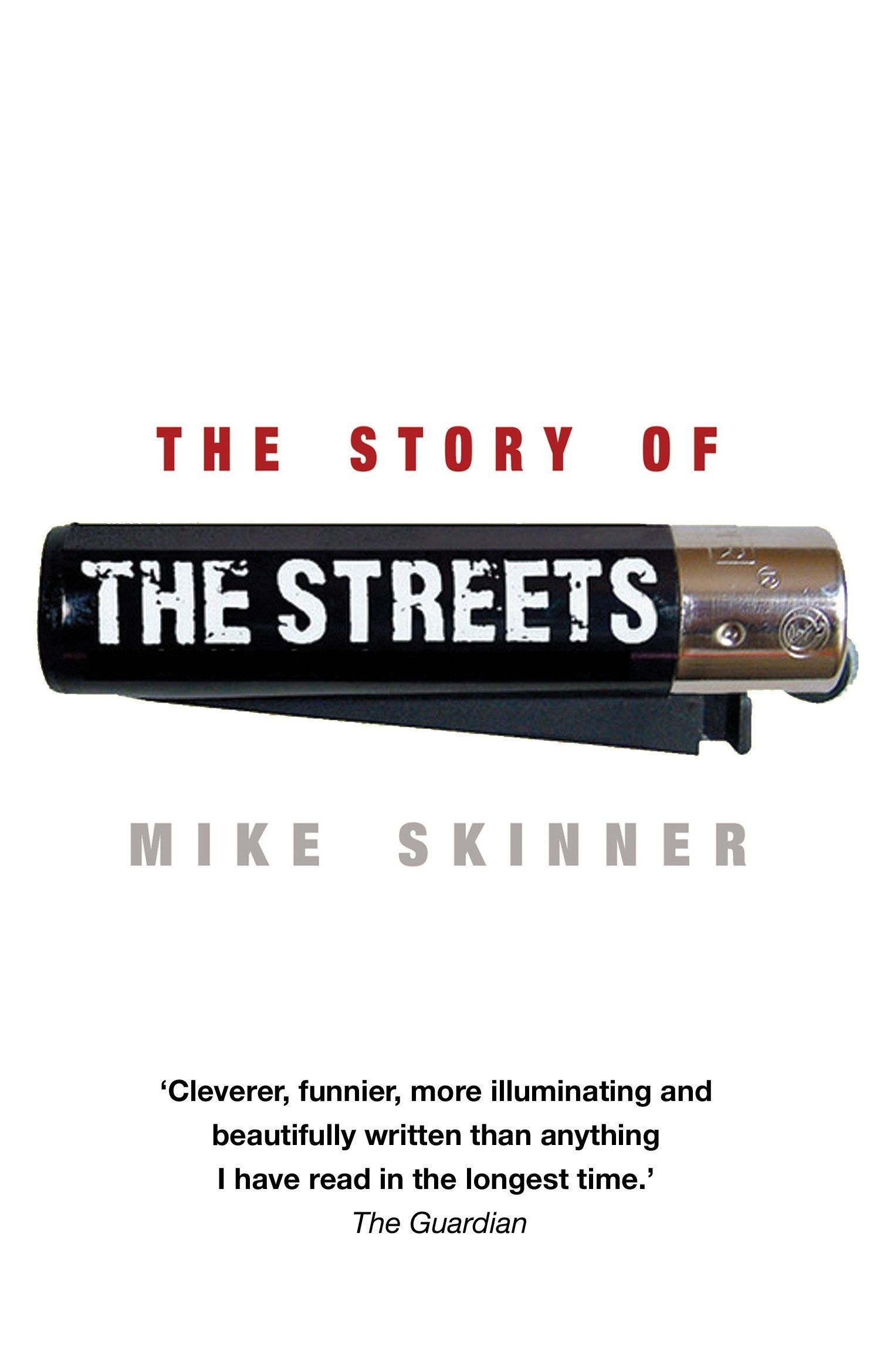
15 'THE STORY OF THE STREETS' MIKE SKINNER
Mike Skinner’s book about his career as The Streets is as good as it gets when it comes to music memoirs. Such a poet in his music over the years - his first two albums especially - it’s really no surprise Skinner’s book writing (aided by Ben Thompson) is this witty and an absolute dream to read, kinda like your mate chatting shit to you down the pub. In it he talks about his love of Daft Punk’s ‘Burnin’’, his epilepsy diagnosis, struggling with chronic anxiety and how Paul Oakenfold “sent a blunt to my dressing room once, with a note that said ‘Calm down’.” It’s that good, I’ve read it twice. Original reading material. DT
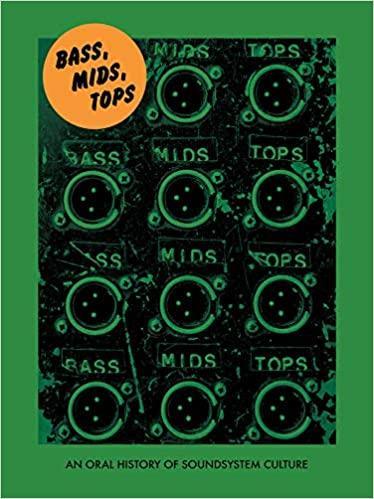
16 'BASS, MIDS, TOPS' JOE MUGGS
Joe Muggs has been one of Mixmag's most incisive electronic writers for over a decade so it's no surprise that his oral history of soundsystem culture is such a delight. Written with Brian Stevens, it features smart interviews with everyone from Norman Jay and Cooly G to Dego, Nicolette and DJ Storm, who all have their own raw story to tell. For the most part, these stories are a reminder that the early days of club counterculture were no joke for punters and players alike: Norman Jay, for example, was a young apprentice printer and a Spurs fan, earning a mere £11 a week before he became a DJ via trips to Wigan and Blackpool. "Terrible, looking back. No wonder I didn't last too long [as a printer]!" An essential read. Ralph Moore
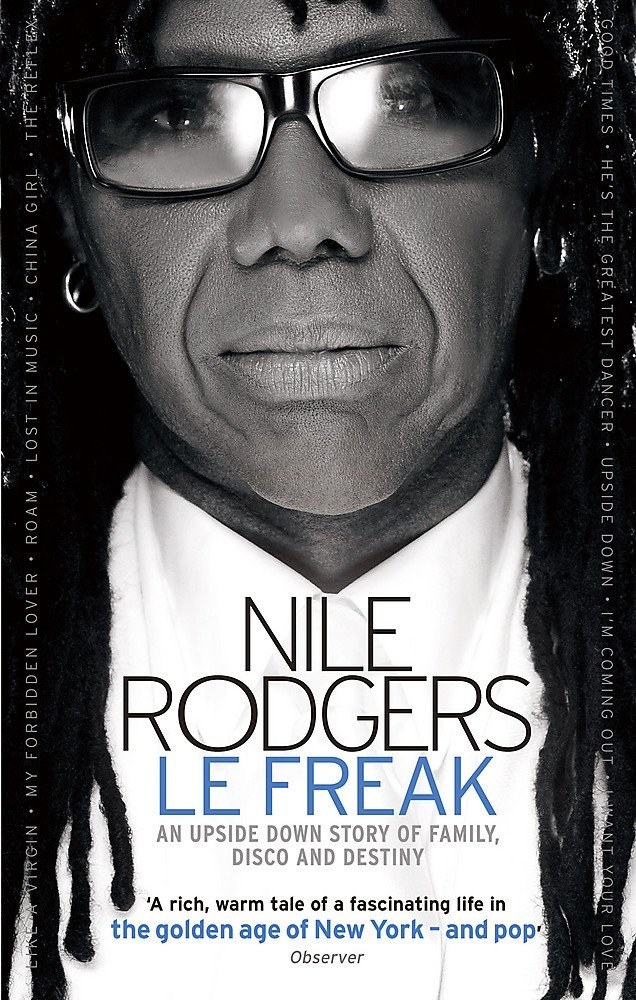
17 'LE FREAK: AN UPSIDE DOWN STORY' NILE RODGERS
Sure, we all know the main pop culture anecdotes (Studio 54, David Bowie, working with Diana Ross, Madonna and Duran Duran, the tragic death of his genius bass guitar partner Bernard Edwards), but the backstory is a bona fide trip, regardless of whether you’re a disco citizen or a house head. The lonely child of two jazz-obsessed junkies, Nile Rodgers grew into a brilliant and utterly gifted musician blessed with such a clear artistic vision that he soon moved in such crazy circles that he eventually joined them in the first class carriage via his time in Chic and again after the success of ‘Get Lucky’ and via his 2000s rebirth as the greatest living disco producer of our time, both on stage and in the studio. He comes across as honest and modest and as someone who beat cancer against all odds, he’s a positive musical force who should be cherished for as long as the earth is round. RM
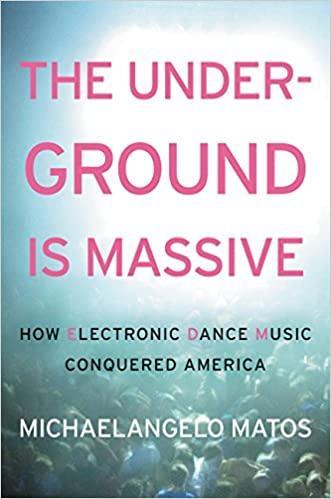
18 'THE UNDERGROUND IS MASSIVE: HOW ELECTRONIC DANCE MUSIC CONQUERED AMERICA' MICHAELANGELO MATOS
The Underground Is Massive: How Electronic Dance Music Conquered Americaby Mixmag's resident mix expert Michaelangelo Matos synthesises the vast history of dance music in the USA in diligently researched detail. Across nearly 500 pages of thorough exploration, the book looks into the radical origins of dance music and how it later developed into a multi-billion dollar global phenomenon. Along the way, there’s incisive insight, engaging anecdotes, generation-crossing imagery, and plenty more besides. For anyone wanting to relive fond memories or gain a comprehensive understanding of the evolution of US dance music, look no further. Patrick Hinton
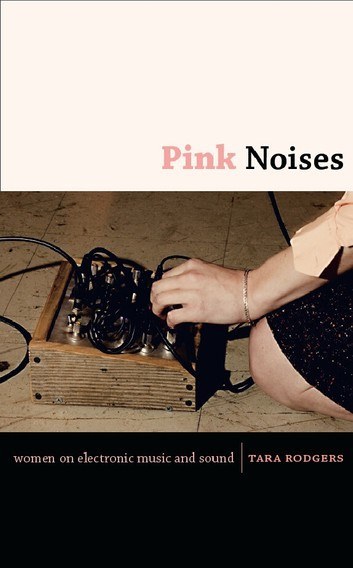
19 'PINK NOISES: WOMEN ON ELECTRONIC MUSIC AND SOUND' TARA RODGERS
Tara Rodgers’ compilation of interviews is prefaced with a thoughtful introduction that casts an analytical eye over how electronic music has been gendered historically, exploring cultural, aural and technological connections. The 24 interviews thaht follow, with a spread of women such as Maria Chavez, Le Tigre, Jeannie Hopper, Antye Greie and Pauline Oliveros cover a multidisciplinary range of expertise from DJs and producers to performance artists and instrument creators, are full of interesting detail about the evolution of electronic music and women’s integral role in it. The balance of academic critical insight and conversational discussions makes it engaging as well as digestible. PH
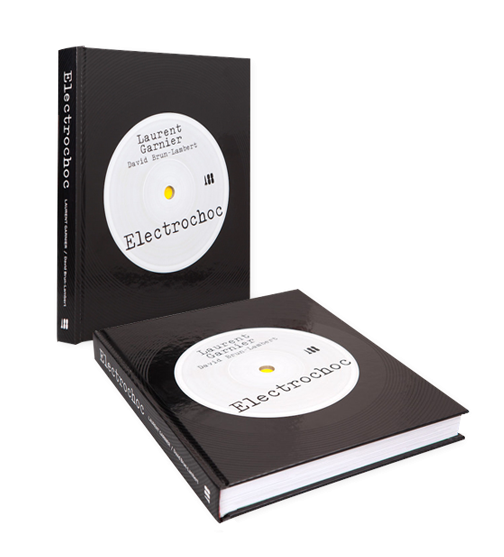
20 'ELECTROCHOC' LAURENT GARNIER
Laurent Garnier is one of dance music's most lauded figures. He's like your favourite rave dad, a pioneer who oozes style, knowledge and class, one that aims to do more on a dancefloor than just get bodies moving, he wants to take you to another place. With that being said, a book about his early life, moving to Manchester and starting at the Haçienda and his rave adventures, is a tantalizing thought. Electrochoc is half autobiography, half history of the UK rave scene from someone who not only experienced it, he helped create it. It's choc full of his adventures through electronic music and by the end, you leave being more in love with Laurent than you were before. Hard to put down this one. Funster
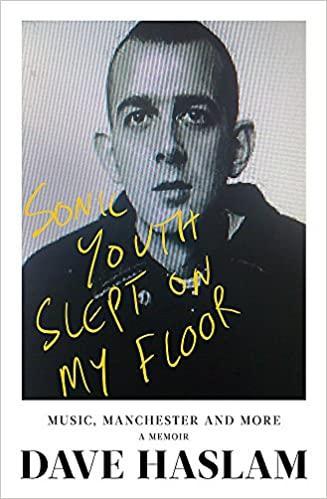
21 'SONIC YOUTH SLEPT ON MY FLOOR: MUSIC, MANCHESTER, AND MORE: A MEMOIR' DAVE HASLAM
Dave Haslam's account of the Manchester rave scene isn't just a good read, it's a teleportation device that throws you back into one of the most important and rowdiest movements electronic music has ever experienced. In the late 80's Haslam began running the a club night called Temperance, held at the Haçienda and that's where his love affair with dance music, more specifically house, took form. We experience the dizzy heights of DJing at one of the ripest times of dance music in the UK and of course the lows that can come with such upward trajectories. It's a poignant, heartfelt read from someone who's truly been there, done that and pretty much made the t-shirt, not just wore it. Funster
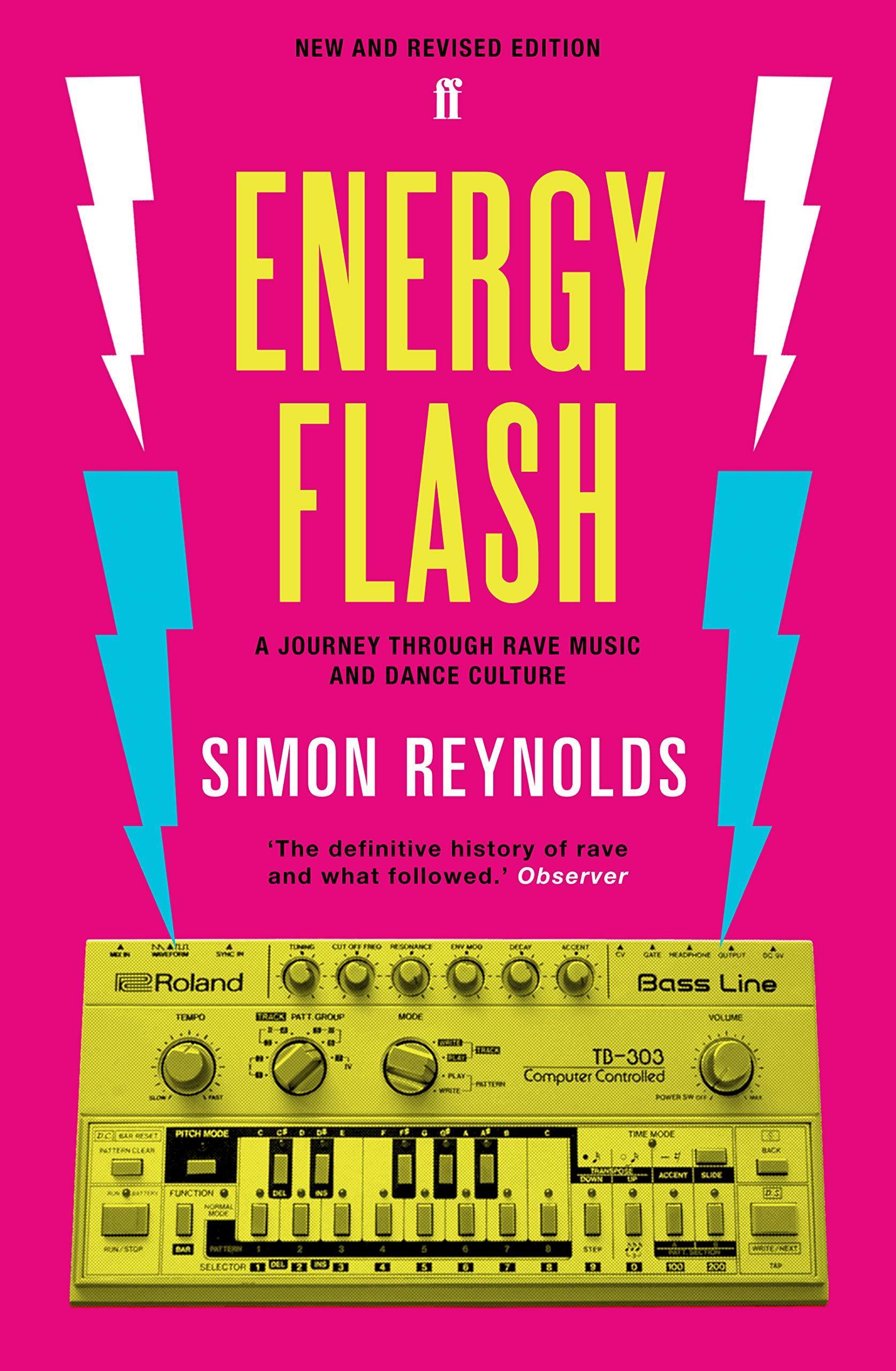
22 'ENERGY FLASH: A JOURNEY THROUGH RAVE MUSIC AND DANCE CULTURE' SIMON REYNOLDS
Whenever I’m looking for a subculture to learn more about, a forgotten trend to indulge in or an origin story I’ve yet to explore – within dance music or further afield – I head straight to the works of Simon Reynolds. His book Energy Flashis an all-time favourite (2013's second expanded edition, I should add. The original is still just as interesting, albeit misses out some of the newer developments in global dance music) thanks to its focus on the strands of UK-centric material I’m rather fond of: hardcore and Reynolds’ treasured ‘ardcore continuum, of course, alongside jungle, UKG, dubstep, trip hop, trance, the early rave waves and so on. Now, Reynolds may not have been the only critic to catch the electronic music bug in the 90s and subsequently document both homegrown and international happenings, however his distinctive writing style, theoretical interpretations of bangin’ tunes and his frequent coinage of new, niche terminology (some we’ve taken too fondly and some we’ve snubbed and scoffed at via sub-tweets) is incredibly inspiring. And inspiration is something we could all probably do with right now... Jasmine Kent-Smith
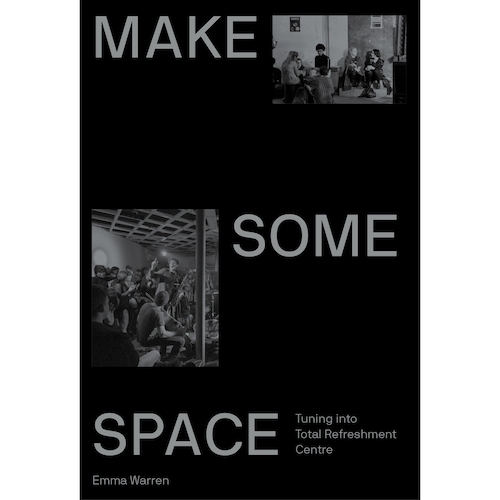
23 'MAKE SOME SPACE: TUNING INTO TOTAL REFRESHMENT CENTRE' EMMA WARREN
One of the roles of the music journalist is to burrow into new scenes and tell their stories, helping amplify creative endeavours and the characters who make the parties, labels, studios and whatever else is involved tick. Veteran writer Emma Warren found herself in the midst of the burgeoning new UK jazz scene, in particular one of its main hubs, Total Refreshment Centre, and decided to tell its story. Open for several years last decade, the venue stands for independence, community and raw artistry in the face of an ever gentrified and inaccessible city like London. Seb Wheeler


